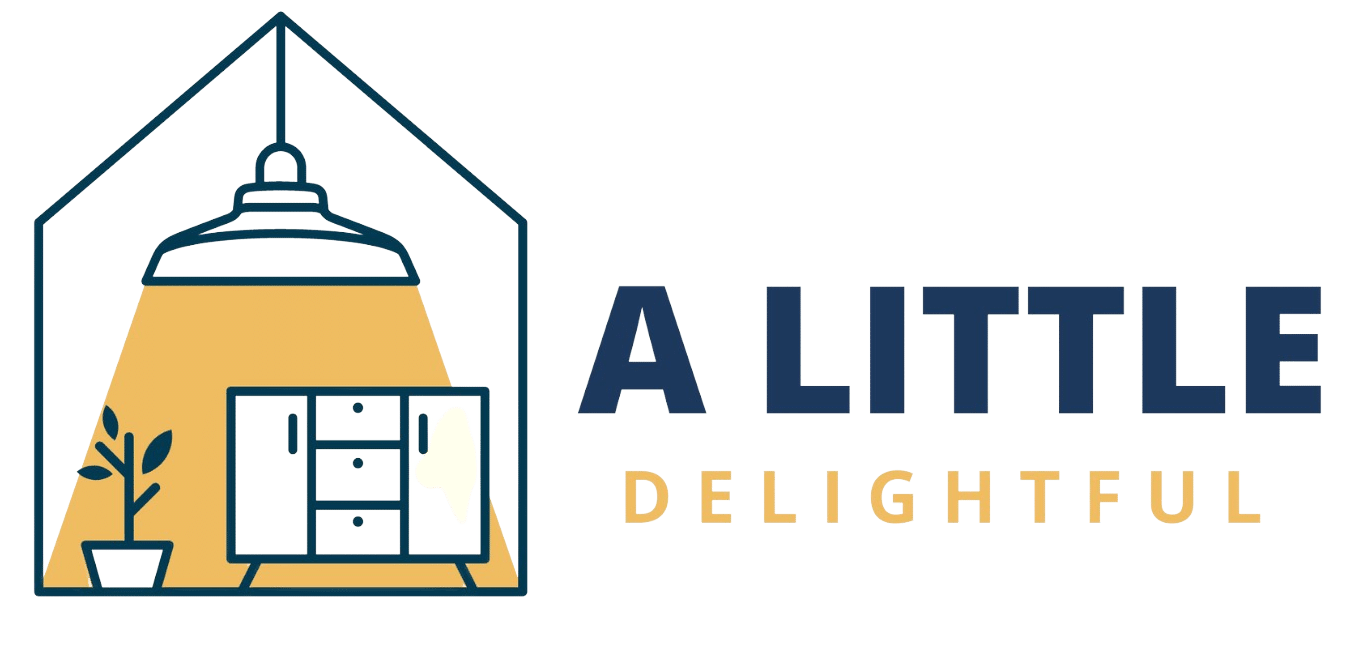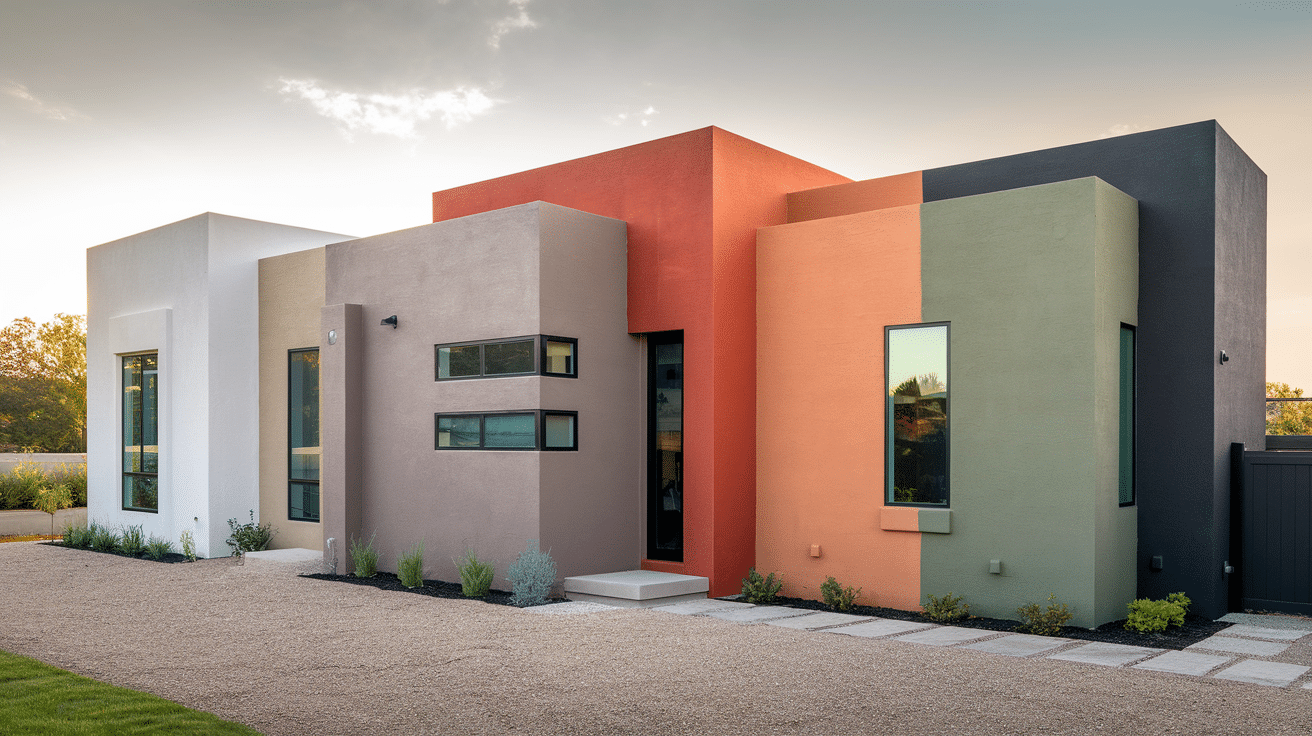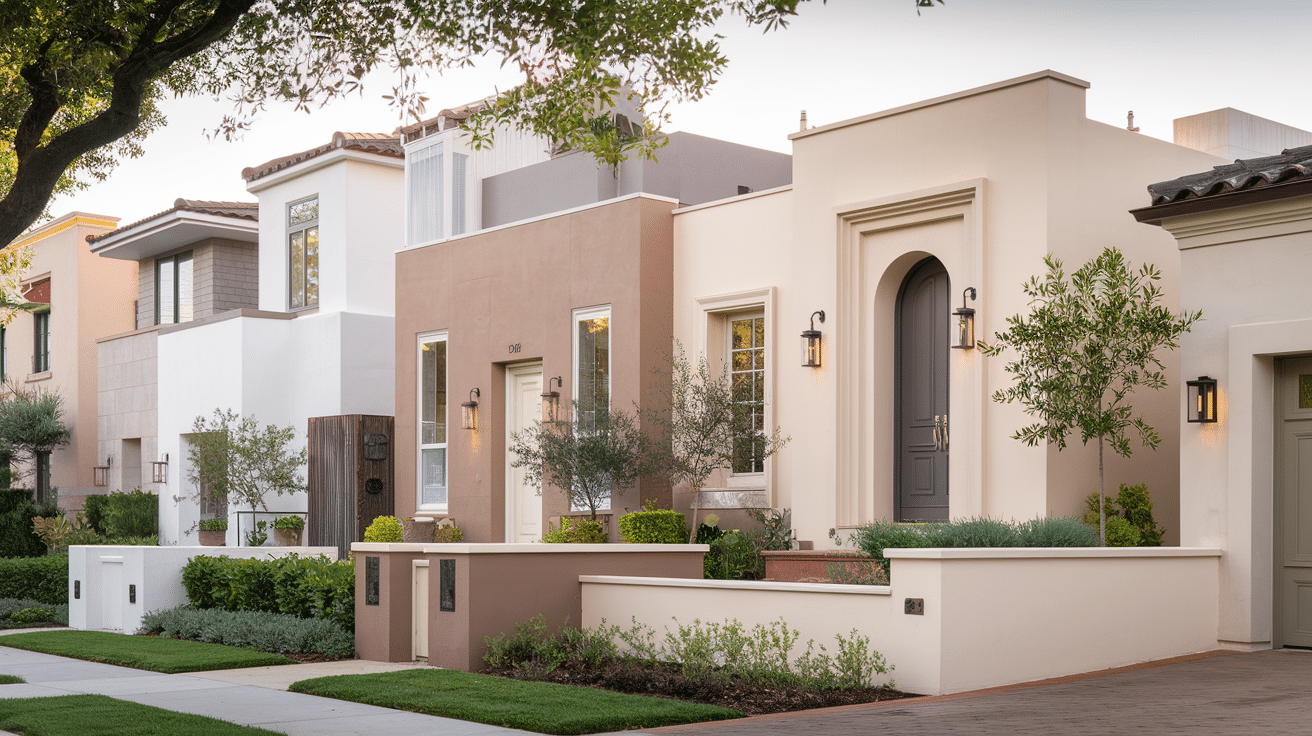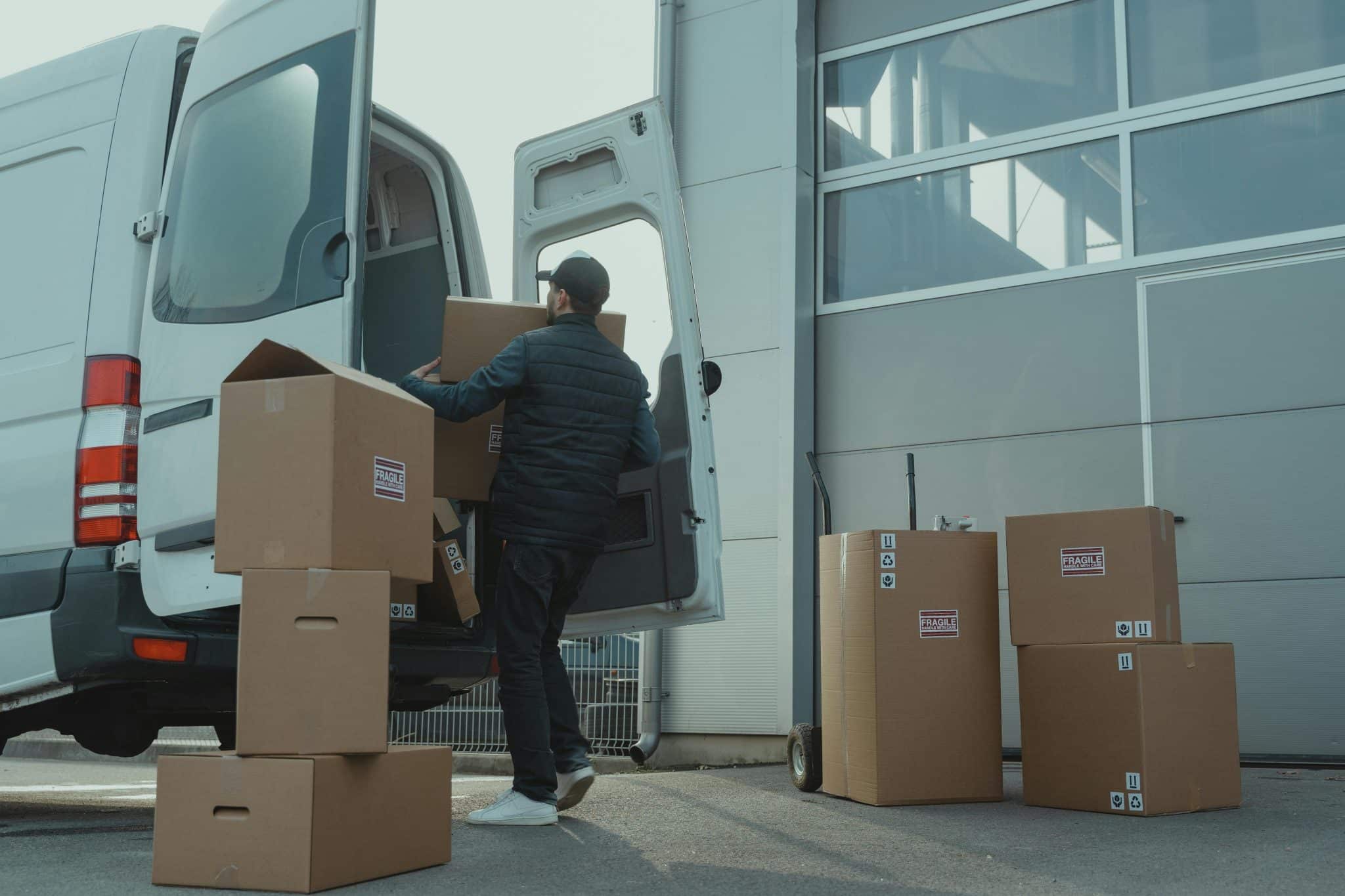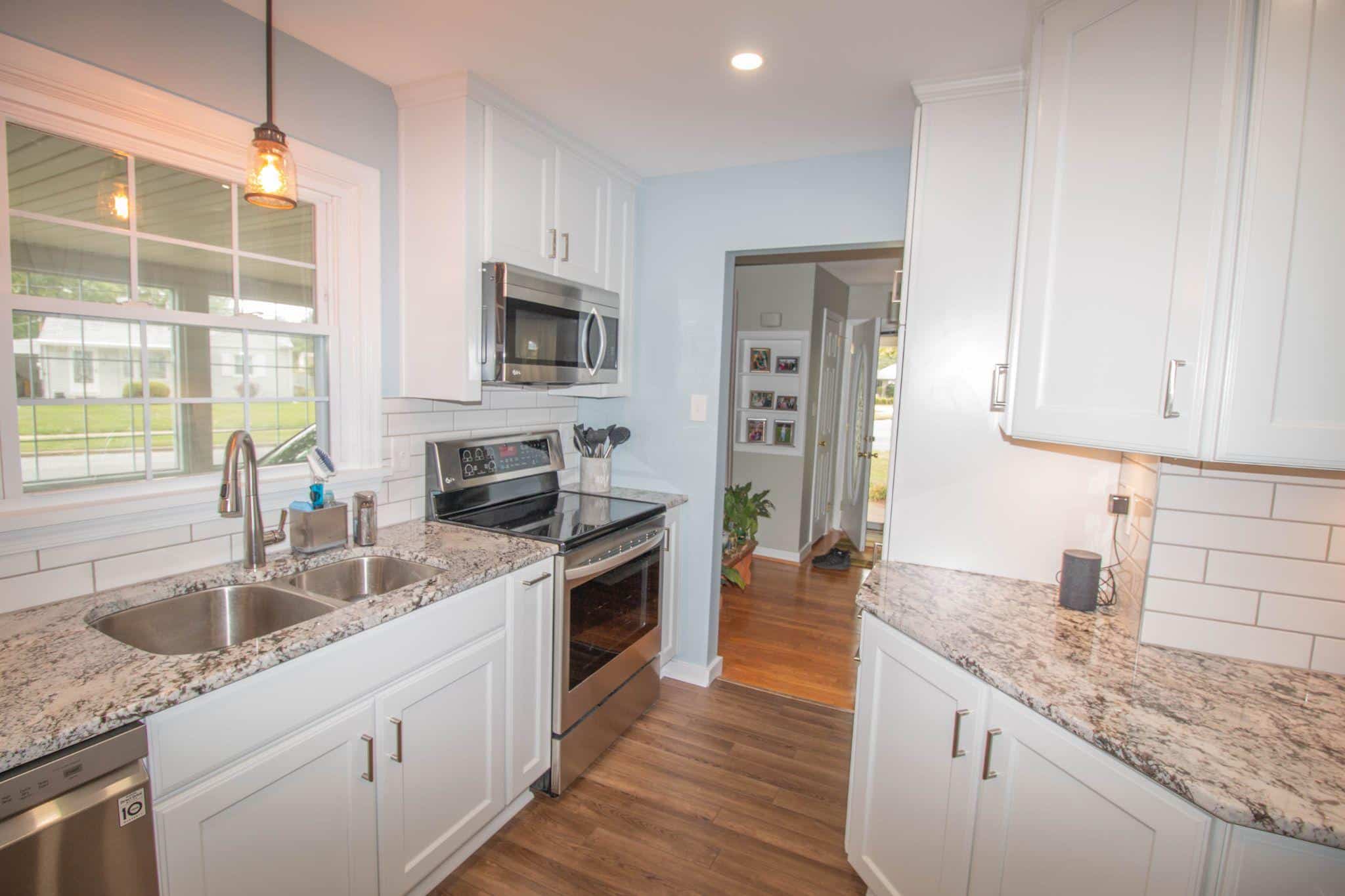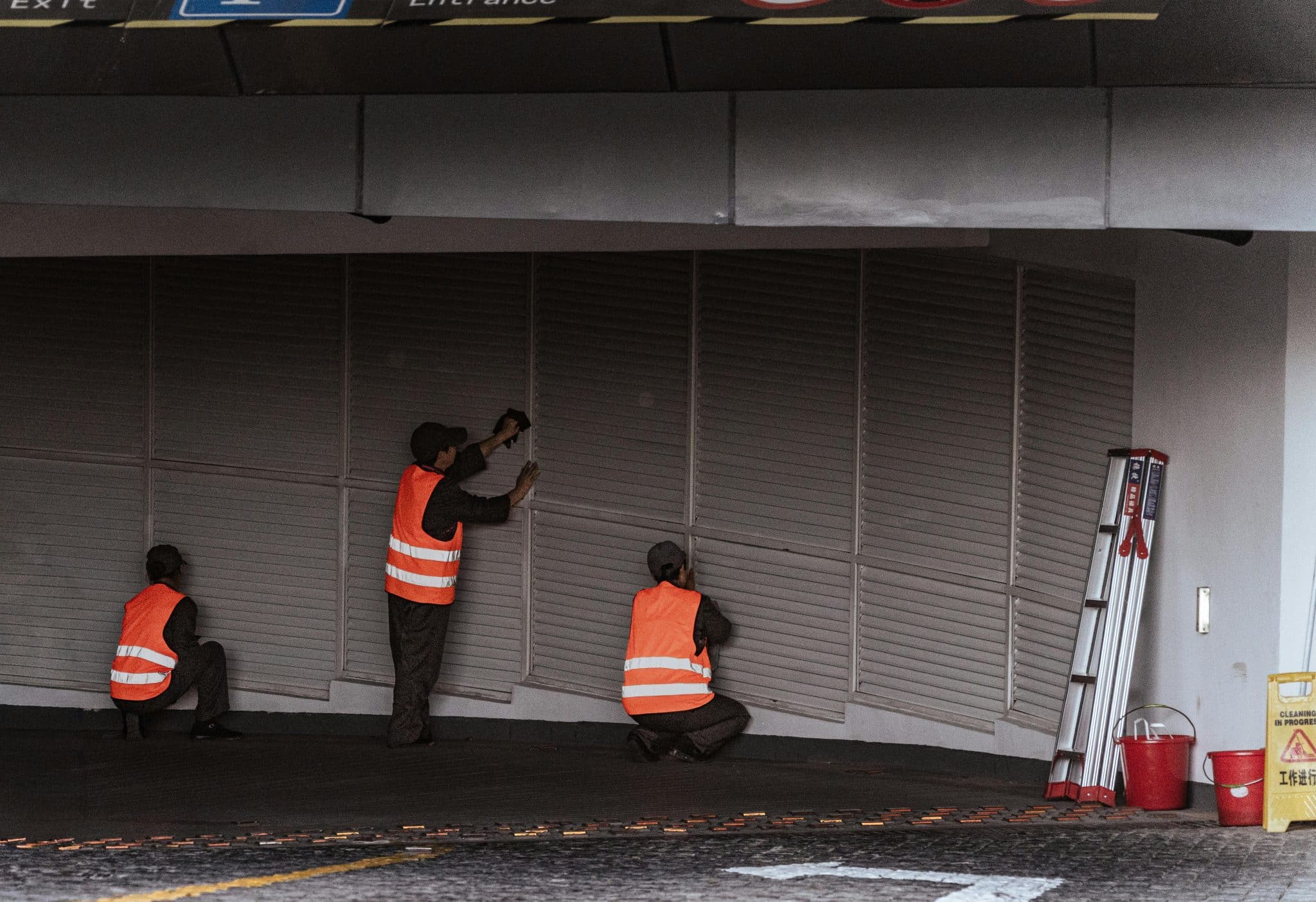Stucco is that textured exterior coating you see on many homes today.
It’s made from cement, lime, sand, and water—creating a durable finish that can last for decades when properly maintained.
The right stucco colors do more than make your house look pretty.
They can completely transform your home’s character, boost curb appeal, and affect your property value.
Your color choice sets the tone for your entire exterior design scheme.
Whether building a new home or refreshing your current one, stucco colors deserve careful consideration.
They can complement your architectural style, reflect regional influences, and express your taste.
The perfect shade can make your home stand out in the neighborhood—for all the right reasons.
Understanding Stucco Colors
Stucco colors can be achieved in two main ways.
Pre-tinted stucco has color mixed directly into the material before application, creating a consistent, long-lasting hue penetrating the entire coating.
This method maintains its appearance longer and won’t chip or peel like paint might.
The alternative is painted stucco, in which regular stucco is first applied and allowed to cure before being coated with exterior paint.
This approach offers more color flexibility and can be updated more easily over time, though it typically requires more maintenance, as the paint will eventually fade or peel.
Factors That Affect Stucco Color Choices
- Climate and sunlight exposure: Homes in sunny areas benefit from lighter stucco colors that reflect heat and resist fading. Darker colors absorb more heat and may show fading more quickly in intense sunlight.
- Home architecture and regional styles: Mediterranean or Spanish-style homes traditionally feature warm earth tones like terracotta or cream. Modern homes might showcase bolder or more neutral color schemes.
- Personal aesthetic vs. resale value: While you might love that bold turquoise stucco, neutral colors offer better resale value. If you plan to sell your home, consider balancing individual expression and broader appeal.
Stucco Color Chart
Choosing the right stucco color becomes easier when you can visualize your options.
Popular stucco colors range from bright whites to deep earth tones, with countless variations.
Most manufacturers offer color charts that group shades into warm, cool, and neutral families.
1. Warm Stucco Colors
Warm stucco colors create an inviting, energetic feel.
These include terracotta, adobe, sandstone, tan, peach, cream, and soft yellow tones.
These colors work beautifully in Mediterranean, Spanish, and Southwestern-style homes, creating that sun-kissed appearance many homeowners love.
2. Cool Stucco Colors
Cool stucco colors provide a crisp, refreshing look.
This palette includes light grays, blue-grays, sage greens, and subtle lavenders.
Cool colors can make a home appear larger and more modern, offering a contemporary aesthetic that complements various architectural styles.
3. Neutral Stucco Colors
Neutral stucco shades remain perpetually popular for their versatility and timeless appeal.
Whites, beiges, taupes, and subtle grays dominate this category.
These colors provide an excellent backdrop for architectural details and landscaping while maintaining a broad appeal for future resale.
Popular Stucco Colors for Home Exteriors
Classic Neutrals
For good reason, white, beige, gray, and taupe stucco are top choices.
These timeless options complement nearly any architectural style and create a clean backdrop for landscaping and decorative elements.
Neutral stucco provides versatility, allowing homeowners to express personality through trim, doors, and landscaping while maintaining broad appeal.
Pros:
- Timeless appeal that rarely looks dated
- Excellent resale value
- Pairs easily with any accent colors
- Reflects heat in warm climates
Cons:
- It can show dirt more easily (especially white)
- Might feel “safe” or lacking personality
- Popular enough to create neighborhood sameness
Earthy Tones
Terracotta, olive green, and sandstone stucco colors bring natural warmth and character to homes.
These earth-inspired hues connect a house to its surrounding landscape and work particularly well on Mediterranean, Spanish, and Southwestern-style homes.
They create a grounded, established feel that many homeowners prize.
Pros:
- Creates a warm, welcoming appearance
- It hides dirt and minor staining better than neutrals
- Complements natural landscaping beautifully
- Less likely to show fading from sun exposure
Cons:
- It can feel regionally specific or dated if not chosen carefully
- May limit accent color options
- Sometimes harder to match when repairs are needed
Bold & Modern Choices
Black, charcoal, navy, and coral pink represent the more daring end of the stucco color spectrum.
These statement-making choices can transform an ordinary home into a neighborhood standout.
Modern and contemporary architectural styles particularly benefit from these distinctive options.
Pros:
- Creates instant curb appeal and distinctiveness
- It makes architectural details pop
- Shows personality and design confidence
- It can make smaller homes appear more substantial
Cons:
- There is a higher risk of fading, especially darker colors in sunny areas
- It may limit future buyers if too personalized
- Often requires more maintenance to maintain appearance
- Can absorb more heat, potentially affecting energy efficiency
How to Modernize Your Stucco Home with Color?
Stucco homes have a timeless appeal. But even classics need a refresh now and then.
The right stucco colors can transform your home from dated to modern without major renovations.
Combining Stucco Colors with Accents
Your home’s accents are like jewelry for an outfit. They complete the look.
- Front Door Drama: A bold front door creates instant curb appeal. Think deep navy, forest green, or bright red against neutral stucco colors. This focal point draws the eye and makes a statement.
- Shutters and Trim: Crisp white trim against earthy stucco creates a clean, sophisticated look. Try charcoal or black shutters with light stucco for a more dramatic effect. The contrast feels modern and intentional.>
- Garage Doors: Don’t forget garage doors! They often take up significant visual space. Painting them to complement your stucco color scheme ties everything together.
Choosing the Right Stucco Colors
The perfect color depends on several factors.
- Consider Your Environment: Desert homes look stunning in terracotta or warm beige stucco, while coastal properties shine in soft blues and greens. Your surroundings should inform your palette.
- Test Before Committing: Always sample stucco colors on your actual home. Light changes everything, so what looks perfect on a small swatch might read differently across your entire exterior.
- Think Long-Term: Trendy colors come and go. The best stucco colors stand the test of time while still feeling fresh and current.
Conclusion
Choosing stucco colors isn’t just about trends – it’s about finding what works for your home.
Colonial-style homes shine with classic neutrals, while Mediterranean designs embrace warmer terracotta tones.
Modern homes can handle bolder stucco colors that might overwhelm traditional architecture.
Trust your instincts, but verify with samples. Paint small sections of your exterior wall and observe how the color changes throughout the day.
Morning light reveals different qualities than afternoon sun. This simple step prevents costly mistakes.
Still, feeling unsure? Professional color consultants specialize in exterior palettes and understand how stucco colors work in your climate and with your home’s architecture.
Their expertise can save time and help you discover perfect combinations you might never have considered.
